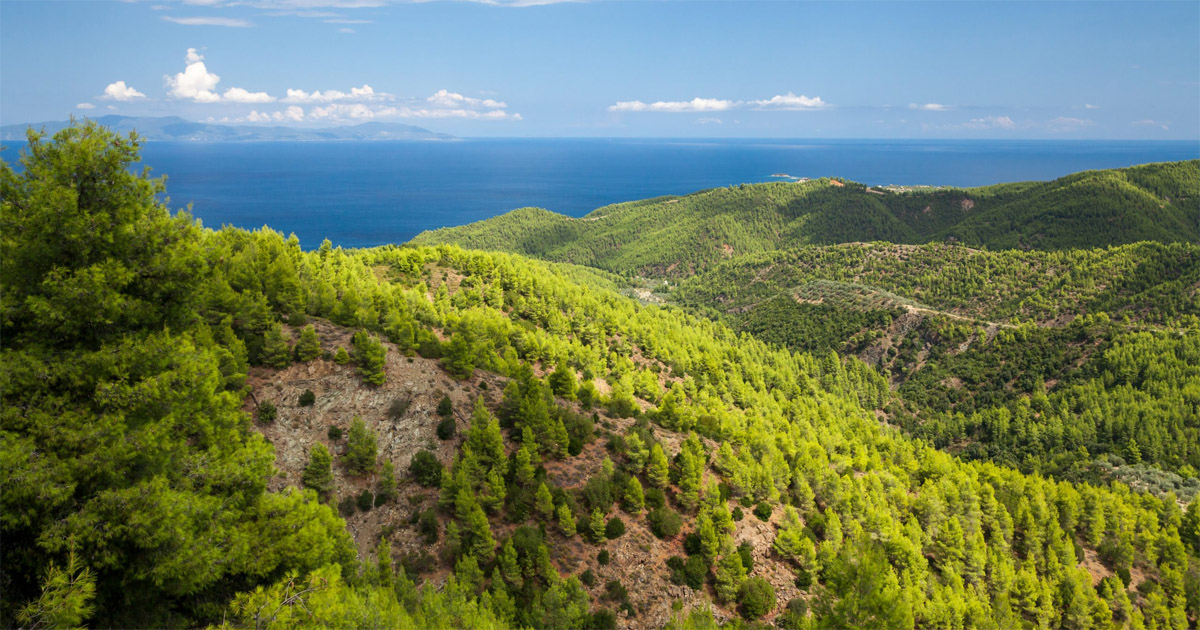Tropical peatlands are a major, but understudied, biophysical feedback factor on the atmospheric greenhouse effect. The largest expanses of tropical peatlands are located in lowland areas of Southeast Asia and the Amazon basin. The Loreto Region of Amazonian Peru contains ~63,000 km2 of peatlands. However, little is known about the biogeochemistry of these peatlands, and in particular, the cycling of carbon dioxide (CO2) and methane (CH4), and their responses to hydrometeorological forcings. To address these knowledge gaps, we established an eddy covariance (EC) flux tower in a natural palm (Mauritia flexuosa L.f.) swamp peatland near Iquitos, Peru. Here, we report ecosystem-scale CO2 and CH4 flux observations for this Amazonian palm swamp peatland over a two-year period in relation to hydrometeorological forcings. Seasonal and short-term variations in hydrometeorological forcing had a strong effect on CO2 and CH4 fluxes. High air temperature and vapor pressure deficit (VPD) exerted an important limitation on photosynthesis during the dry season, while latent heat flux appeared to be insensitive to these climate drivers. Evidence from light-response analyses and flux partitioning support that photosynthetic activity was downregulated during dry conditions, while ecosystem respiration (RE) was either inhibited or enhanced depending on water table position. The cumulative net ecosystem CO2 exchange indicated that the peatland was a significant CO2 sink ranging from −465 (−279 to −651) g C m−2 y−1 in 2018 to −462 (−277 to −647) g C m−2 y−1 in 2019. The forest was a CH4 source of 22 (20 to 24) g C m−2 y−1, similar in magnitude to other tropical peatlands and larger than boreal and arctic peatlands. Thus, the annual carbon budget of this Amazonian palm swamp peatland appears to be a major carbon sink under current hydrometeorological conditions.
DOI:
https://doi.org/10.1016/j.agrformet.2020.108167
Altmetric score:
Dimensions Citation Count:
























